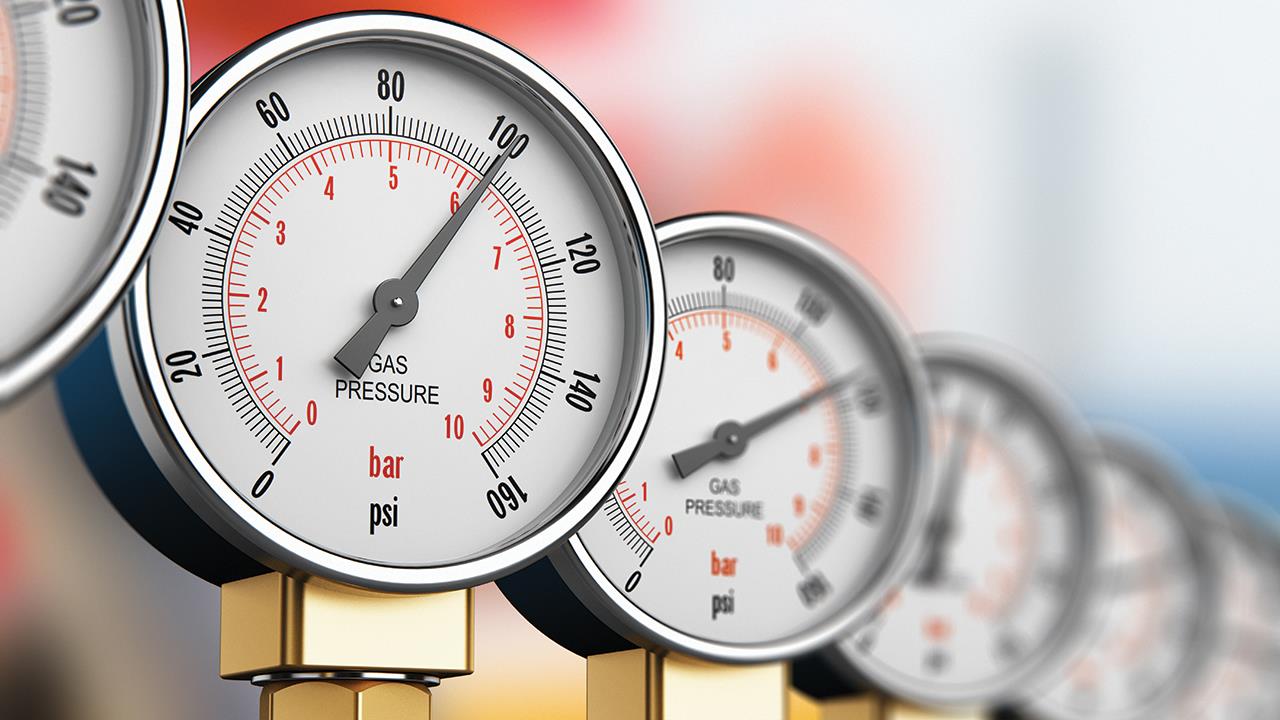

It has increasingly become apparent that defined industry procedures are needed to help guide a consistent approach to the investigation and reporting of poor gas pressure.
Delivered gas pressure will be adequate in most cases, but not always. While it has been acknowledged that the legal framework around this is fit for purpose, installers have raised the point that more clarity is required to support consistency and consumer protection.
It is on these grounds that the HHIC has been collaborating with the Institution of Gas Engineers and Managers (IGEM), and gas networks, to introduce a new industry guidance document. IGEM/G/13 – Domestic Supply Capacity and Operating Pressure at the Outlet of the Meter deals directly with low gas pressure in residential installations.
In effect, the document outlines a ‘standard’ nominal gas load limit and a mutually agreed pressure test point, along with procedures for low pressure supply reports and installing appliances.
Identifying the problem
As there is no single cause of low gas pressure, the incident will need to be investigated where identified, and the emergency service provider notified.
The root cause could be anything from temporary maintenance, or a fault on the local distribution grid, a gas load on the property beyond the service pipe capacity, or even ‘exceptional’ load on the local grid (e.g. ‘severe’ winter weather of the type expected no more than once every 20 years).
All of these faults are temporary and the gas network should be able to offer a timeframe for resolution.
Other cases, such as an inadequate service pipe capacity, are more permanent and may require an upgrade or remediation. Again, it’s important that all parties – including the consumer – are clear on what is required, who is responsible, and when the work can be done. Adopting this strategy will help to improve communication and increase the level of understanding between all those involved.
Outlining procedure
Moving forward, the gas network operative will have defined ‘in-house’ procedures to work against, which will be guided by the IGEM/G/13 document. The registered gas engineer (RGE) needs to work constructively with the standards, and allow their required checks to be conducted.
Importantly, the IGEM/G/13 guidance advocates that where the RGE holding the appropriate competence is on-site, appliances are permitted to be set up to run at their ‘high fire’ rate as part of the joint investigation.
This mainly relates to condensing boilers, as they are generally the highest-rated appliance, and capable of modulating their output. This can be undertaken to aid fault finding, as well as root-cause analysis of any pressure problems.
A key outcome for the downstream gas industry is recognition that running a condensing boiler at its maximum commissioned output is not a ‘false’, or inappropriate mode of operation.
The IGEM/G/13 document correctly notes that, while boilers’ level of operation will modulate, there will be instances where they do not. For example, combi boilers supporting high-flow rate showers, or all types of condensing boilers when heating the house from cold.
The intent of IGEM/G/13’s high operating load test condition is to serve two purposes. Firstly, to counteract any potential modulation of a condensing boiler (where the competent RGE is not on-site), which reduces the load on the service pipe and potentially alters the delivered gas pressure reading. The second reason is to represent a realistic worst-case property load condition.
In other words, depending upon the range of appliances installed, consumers may not operate all their gas appliances at maximum load simultaneously – although this is still possible. Network operatives are likely to want to test the property in ‘high operating load’ conditions as a comparison to operation of a condensing boiler at high fire rate, to help inform their investigation.
Clarity and safety
The procedures detailed above are just some of the points that IGEM/G/13 will look to address when investigating and identifying the cause of low gas pressure.
It is key issues such as this that the HHIC and its members are committed to improve, and in this case implementing agreed industry processes is of paramount importance. This work with IGEM seeks to establish the facts, mutually educate, and work in the spirit of collaboration, while placing end-user safety and comfort at the forefront.
If you'd like to keep up-to-date with the latest developments in the heating and plumbing industry, why not subscribe to our weekly newsletters? Just click the button below and you can ensure all the latest industry news and new product information lands in your inbox every week.